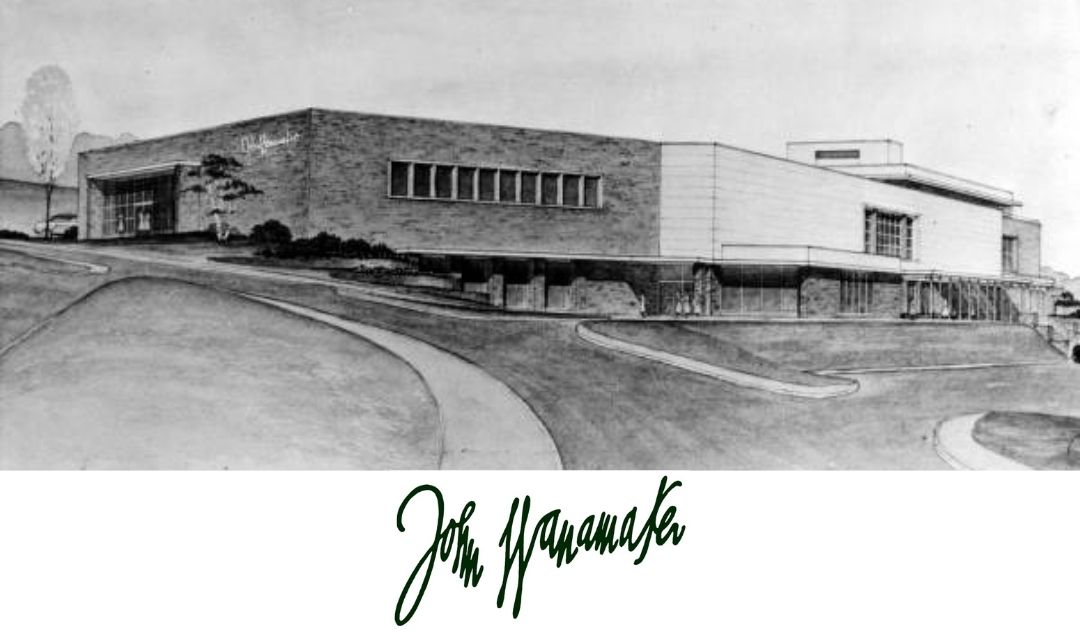According to local historian Mike Leibrandt, Jenkintown’s iconic Strawbridge & Clothier building at the corner of Old York Road and Rydal Road was built in 1931 and underwent a renovation in 1954.
Four years later and just down the road, the second suburban branch of the John Wanamaker Department Store (pictured above) opened for business in what is now Cheltenham Township. It sold in 1978 for $60 million and the Township was provided with a giant eagle statue in its honor. Strawbridge and Clothier moved to the Willow Grove Park Mall in 1988.
Today, the Wanamaker building is called the Noble Town Center and is occupied by PetSmart, Ross Dress for Less, Bed Bath & Beyond, and AFC Fitness. The Strawbridge building was added to the National Register of Historic Places in 1988 and is now called Jenkins Court. It houses an Outback Steakhouse.
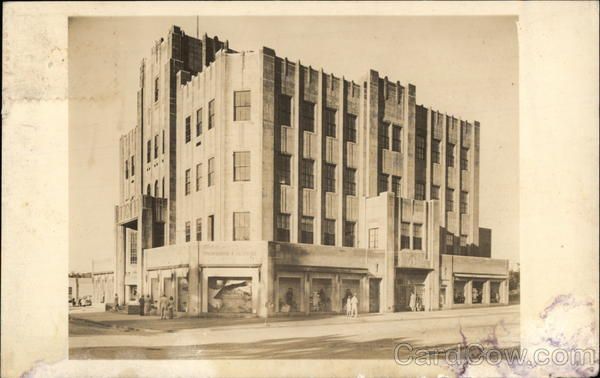
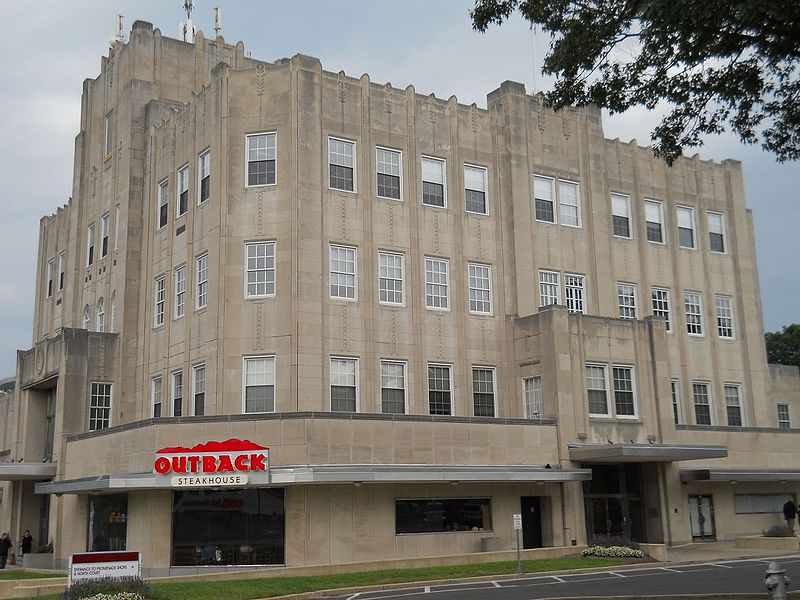
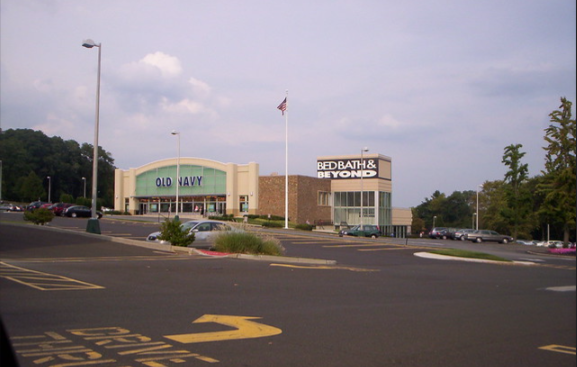
Former Wanamaker store property, circa 2000

Wanamaker, a merchant, philanthropist, and former United States Postmaster General under President Benjamin Harrison, lived in Jenkintown (today it is a Cheltenham address). A neoclassic mansion was constructed when his original Victorian Lindenhurst (pictured above) burned in 1907, destroying much of his art collection. A railroad station, Chelten Hills (no longer in existence), was constructed on the property in addition to his mansion. The campus of Salus University is today on part of the former estate.
From Salus’ campus history:
In 1868, John Wanamaker, a well-known Philadelphia merchant, religious, civic and political figure, purchased 50 acres of Mather’s property. Wanamaker went on to name the property Lindenhurst, because of all the Linden trees that naturally grew there. Wanting to create a one-of-a-kind landscape, Wanamaker also brought flowers, trees, and shrubs from all over the world onto the property and later erected his estate, known as the Magnificent Mansion on the property. In 1889, the 23rd president of the U.S., Benjamin Harrison, and his wife were guests on the Lindenhurst property and made several visits. Wanamaker continued to develop the Lindenhurst property, adding the now iconic manmade lake, bridge, and gazebo – all of which still exists today on the campus. His own private railroad station on the Reading Railroad, Chelten Hills, provided a direct transportation link between his city home and the summer residence at Lindenhurst.
Update: According to Thomas Wieckowski, Chairman of the Cheltenham Township Historical Commission, John Wanamaker did not build a private railroad station. He writes:
This myth is perpetuated in a zilion places such as the quoted Salus brochure. The Chelten Hills Station of the North Penn Railroad (not the Reading) at Washington Lane was an original station of the North Penn Railroad constructed in 1855. It is shown on the railroad’s original route maps and schedules and was in use extensively to transport recruits to Camp William Penn further up Washington Lane during the Civil War. (1863-5) Besides, John Wanamaker did not build Lindenhurst until 1882 so he could not have built Chelten Hills Station. After the Jenkintown station (there was no “Wyncote” yet) was constructed in 1859 with a road leading to Jenkintown, Chelten Hills became a flag stop and Wanamaker undoubtedly was a prime user of the stop, thus contributing no doubt to the erroneous myth.
Fun Facts #1: According to local historian Chuck Langerman, on June 14, 1900, Cheltenham High School’s Class of 1900 held its graduation exercises at the Ashbourne Presbyterian Church in Elkins Park. The commencement address was delivered to the graduates by Mr. John Wanamaker. Diplomas were conferred by Cheltenham Superintendent Charles Wagner to 11 graduates: six boys and five girls.
Fun Facts #2: John Wanamaker’s first store, Oak Hall, opened during the Civil War in 1861, and the first store to open in his name was in Philadelphia in 1876. The Philadelphia location was one of the first department stores to utilize price tags, and also laid claim to the largest fully operational pipe organ in the world as well as the legendary “Crystal Tea Room.”

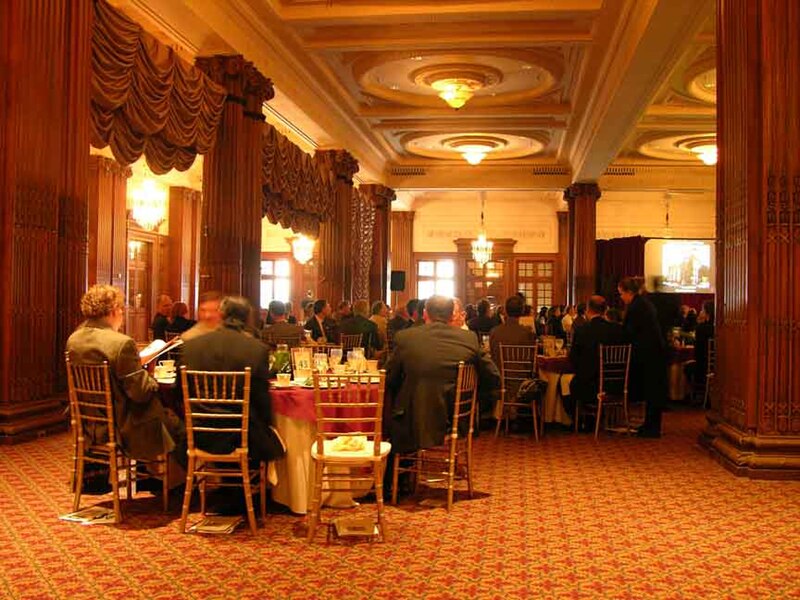

For all the latest news, follow us on Facebook or sign up for Glenside Local’s “Daily Buzz” newsletter here.
Feature image: Sketch of John Wanamaker’s Jenkintown branch store by architects Massena and dePont of Wilmington, courtesy of Temple University Libraries; other photos courtesy of Wikipedia Commons

